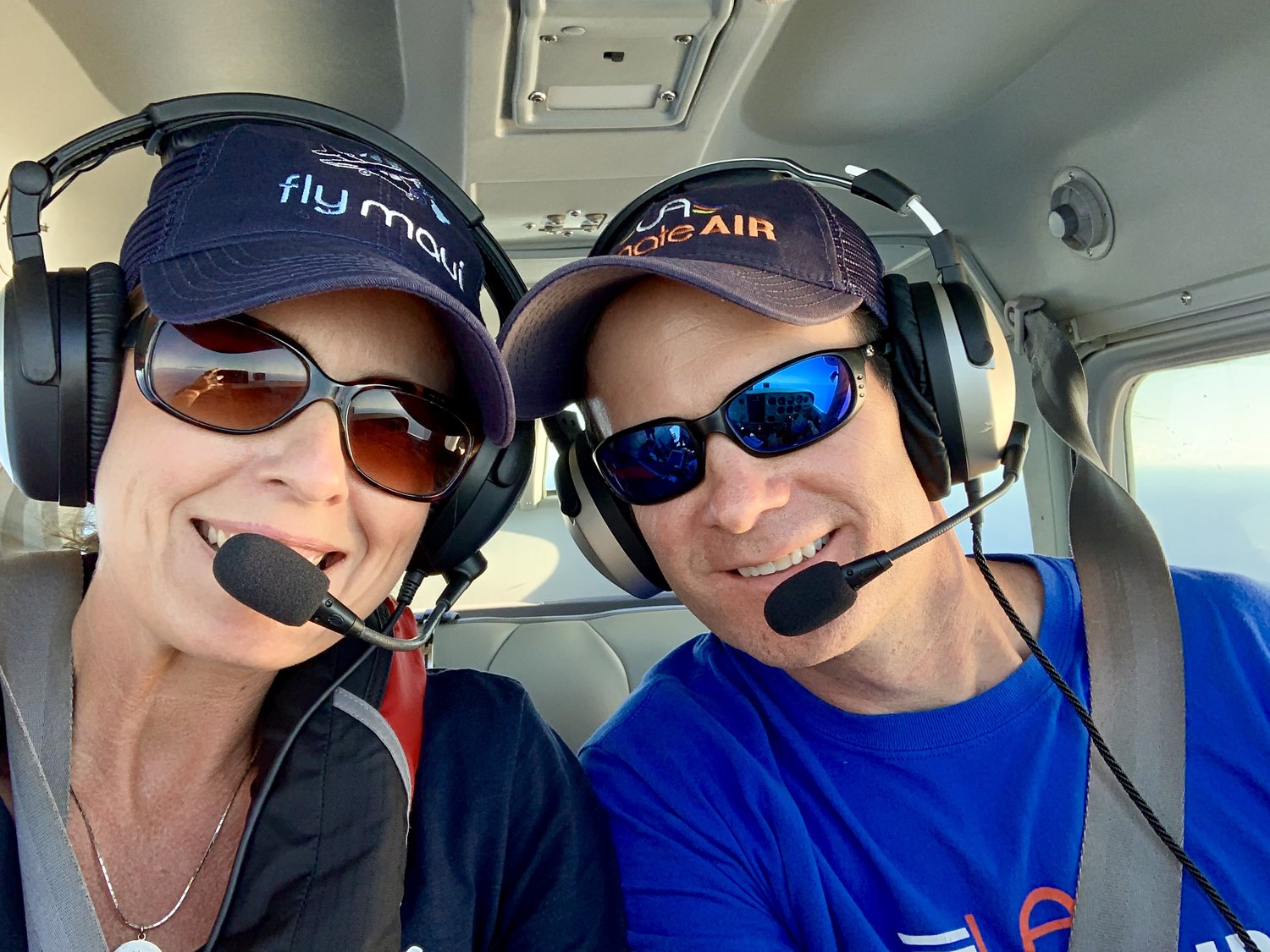Podcast: Play in new window | Download
In the beginning of this week’s podcast episode, I want to give a big congratulations to my friend, Chris Wieczorek, who recently got his A&P certificate!

Listen to the audio to find out how Chris pursued getting his A&P in the midst of being a full time attorney and engineer with a wife and 4 kids!
Chris, you are an inspiration! Well done!
This week I also had the opportunity to take care of a couple issues on my friend, Dave Ovad’s Bonanza… you can hear more about these items as well in the podcast:
- We turned up his full power fuel flow a bit to bring the CHT’s down.
- We installed a couple very specific washers in his nose gear retraction linkage at the idler arm connection. The washer part number is 100951CR016YF.
It’s always good to see Dave!
Now for the Piper Cherokee… this is the one I’m completing an annual inspection on, along with some squawk repairs.

Here’s a list of some items on the Cherokee we discuss in this podcast episode:
- Resealing and lubing the fuel selector valve.
- Installing a new flash tube in the tail strobe light.
- Replacing the old style throttle and mixture control rod ends with the new rod end bearing style rod ends.
- Replacing one cowling pin bushing (part number 69790-000.)
- Installing a new 28L battery in the ELT remote switch in the instrument panel.
The final two items we talk about in this episode are two different electrical issues on two different airplanes.
The first one is an A36 Bonanza, and the new alternator has been dropping off line. (The alternator was replaced again and then the voltage regulator, at another airport, and that did not fix the problem.)
Through Beechtalk, we discovered a fix for this issue has been developed, where you install a special part number capacitor between the F1 and F2 terminals on the alternator, thus dampening out the voltage spikes that sometimes happen during the break-in phase of a new alternator.
Hopefully this will solve the problem!
The second electrical problem is on a Cessna 210, and it’s one of those weird and frustrating situations that’s hard to figure out. It does fine on the ground, and then in the air, the alternator output circuit breaker is popping intermittently. (Although I need to verify this directly with the owner.)
Hopefully we can solve this one soon as well.
The final phase of this podcast episode is about a couple recent flights in a King Air 200. One of these was to Dulles (KIAD) and how we were routed onto the approach. We usually fly KSHD direct to CSN (Cassanova VOR) and then direct to IAD.
This time, we would be landing on 19C, and we were cleared “After CSN, turn left direct to” (and here’s where I can’t remember the name of the intersection, and it’s driving me crazy!) It was something that sounded like “you-dee-ah” or something like that. Maybe something like “UDIYA” except that’s not it.
If you know what this fix or intersection is called, please let me know… thanks!
Thanks for listening to the podcast, and have a great week!
The post “223 – Piper Cherokee Annual and Other Maintenance Adventures” appeared first at AirplaneOwnerMaintenance.com





















































Recent Comments